Rainbow Six Siege review - tactical eSports action
When it comes to tactical online shooters, it was always going to take something special to dethrone Valve’s FPS juggernaut Counter Strike , but the latest incarnation of the Rainbow Six series just breached-and-cleared its way into the spotlight. Siege is a multiplayer-focused, 5v5 tactical shooter that borrows lessons from Counter Strike and, however unlikely, action strategy games like DOTA2 and Heroes of the Storm . The combination shouldn’t work, but actually results in some of the most intense gunfights and strategic planning of any shooter released this year.
Siege is asymmetrical, with teams taking turns to play as defenders and attackers. On defence, you have thirty seconds at the start of each round to board up windows, barricade walls and set up traps to catch out the attacking team. While this is happening, the attacking side can use their remote controlled recon drones to search the map for enemies and the objective. They can also choose from multiple points of entry, surprising unsuspecting defenders with a rooftop breach, rappel through a window or sniper shot from an adjacent rooftop.
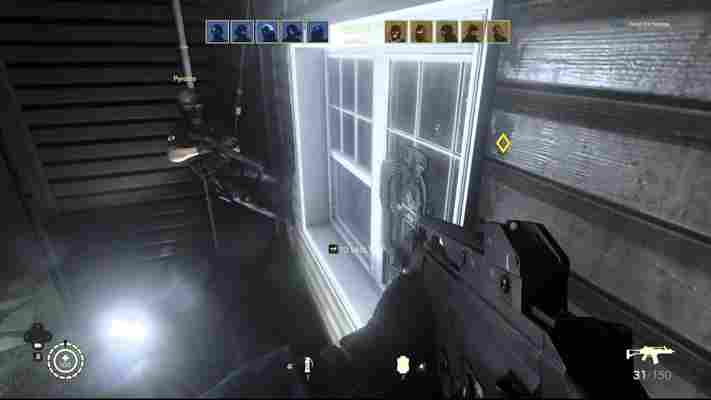
^ Why take the door, when you can rappel down from the roof and burst in through a window?
There are ten maps available at launch, including inner city banks, suburban mansions, Swiss chalets, diplomatic consulates, an SAS training ground and even a grounded Air Force One. The majority are focused on close-quarters combat, with hiding spots and blind corners everywhere, so players have to work in teams to clear a safe route to the objective. This could be a bomb to defuse, hostage to rescue, or room to control for a set length of time. Four more maps will be added for free over the next twelve months, which should help add some variety to the gameplay.
It's the destruction that truly makes each match a nail-biting affair. The defenders might have barricaded all the windows, but the hastily thrown together plywood panels can’t withstand more than a few hits before splintering apart. You can create your own entrances using breaching charges, C4 and nitrocells, demolishing walls, floors and ceilings in a shower of dust and debris to get the drop on the opposing team, and interior walls made from plasterboard quickly get shredded when the bullets start flying.
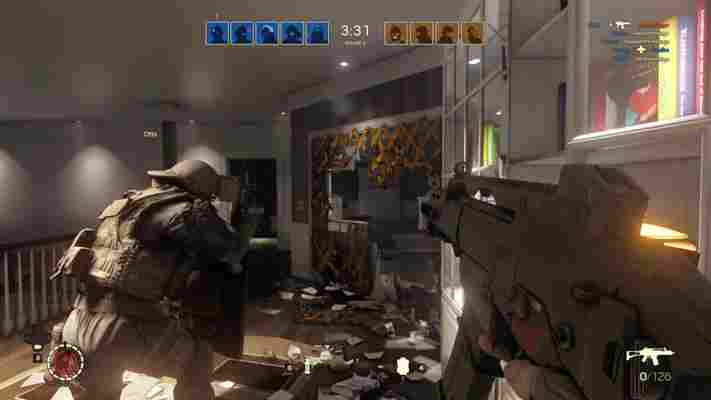
^ Interior walls are rarely safe; well-placed shots will rip right through plasterboard and wood
It all looks stunning in motion too, whether playing at 1080p and 60fps on the PS4 and Xbox One , or at up to 4K resolutions (with an optional Ultra HD texture pack) on the PC. Many of the maps are playable as daytime or night-time variants, which let the lighting effects really shine, but many visual aspects don’t have the same level of polish as other 2015 triple-A releases; this may be a result of the destruction effects placing extra strain on console hardware, with some maps looking particularly bare when you turn your eyes away from the intended areas.
Players can only take a few shots before falling, and with no respawning mid-round you’re forced to ask your teammates to pick you back up in order to carry on fighting. Sensible soldiers down their enemies first, then finishing them off with another shot to prevent them being revived later in the round. Once you’re out, you can continue using any fixed cameras or active recon drones to spot enemies, calling out their positions to your teammates in order to turn a losing round into a win.
It’s the added tactical challenge of picking the right operator for the task that makes Siege stand out from other shooters, particularly when it comes to spectating and possible eSports success. There are twenty unique characters to choose from, with each one having different weapons, perks, abilities and equipment. Electronics specialist Twitch, for example, is equipped with a remote controlled drone that can stun enemies with an electronic pulse. Smoke can detonate poison gas canisters which slowly damage and incapacitate any foe that strays into the blast cloud. Once selected, you have to use your chosen operator for the entire match – there’s no changing at half-time. This encourages teams to balance offensive and defensive roles, and can force players to switch from a preferred play style if it doesn’t suit a particular map or mission objective.
When all these elements are combined, it makes communication the key to success. If you aren’t spotting enemies, setting up defences and resupplying your teammates, you can get quickly overrun by a more organised opponent. Siege is at its best when you join a squad of friends you regularly play with; the kind of quick, clear communication that only comes with regular play is crucial to effectively assault a fortified enemy team.
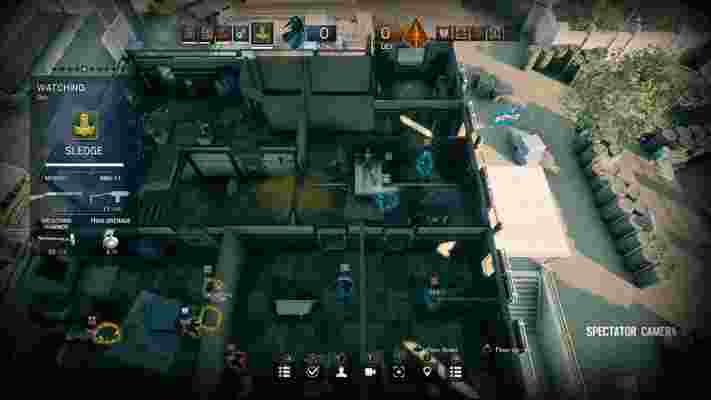
^ The top-down spectator view will likely prove crucial for eSports play-by-play commentary
There are signs of Ubisoft's desire to capture the eSports market throughout the game. Each operator is easily recognisable, the game modes are all five versus five, and there's even a fully featured spectator view with useful onscreen information explaining the currently viewed player's loadout. Whether it will succeed in this market is unknown right now, but it certainly has potential.
This multiplayer focus will leave solo gamers feeling seriously left out. There’s no campaign mode, only a selection of ‘Situations’ that play out as an introduction to the game’s many mechanics. They can be easily completed in under an hour, and aren’t particularly challenging. There is a co-operative Terrorist Hunt mode, which can also be played solo, but the constant waves of enemies quickly get repetitive, whether you’re playing as attackers or defenders.
Whether Siege justifies a full-price release will depend entirely on how seriously invested you plan on getting. There’s effectively only one multiplayer mode, and while that isn’t an issue for MOBAs like League of Legends, those are free-to-play rather than £50. It has real potential as an eSports title, if players and tournaments get behind it, but unless you plan on making it your main online shooter, it may be one to wait for in the sales.
| Availability | |
|---|---|
| Available formats | PC, Xbox One, PlayStation 4 |
| PC requirements | |
| OS Support | Windows 7, Windows 8.1, Windows 10 64-bit |
| Minimum CPU | Dual-core 3GHz Intel, quad-core 3GHz AMD |
| Minimum GPU | NVIDIA GeForce GTX 460 / AMD Radeon HD 5870 |
| Minimum RAM | 6GB |
| Hard disk space | 30GB |
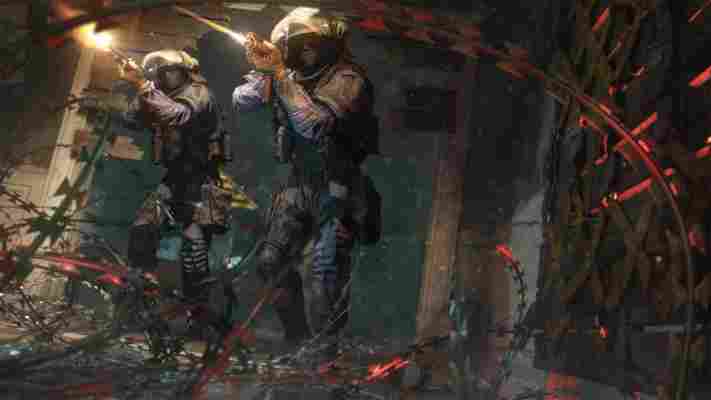

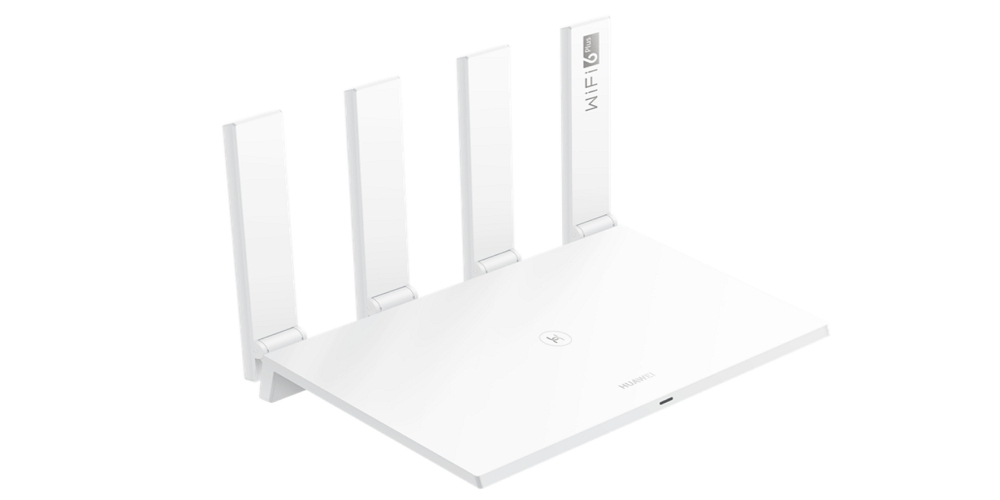


Leave a Comment